The purchase price of the rose flower is at the same values of 3 years ago
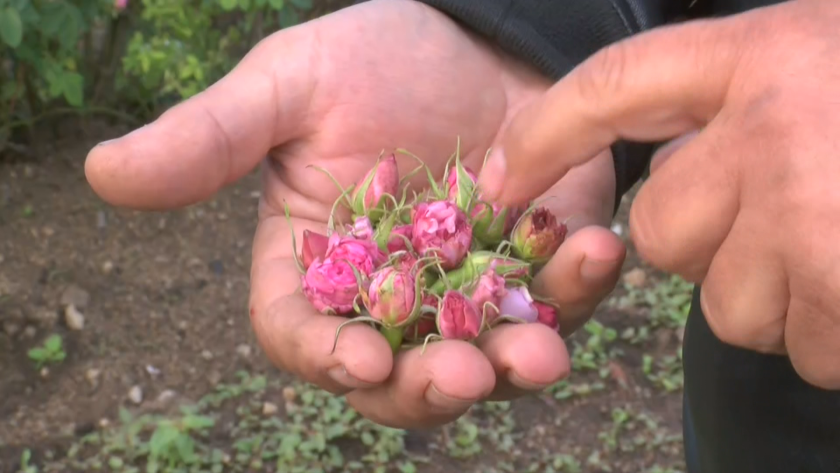
In Kazanlak, the campaign for harvesting the Damascena rose has officially begun. Despite technological advancements, the traditional method of harvesting this emblematic flower—by hand—has remained unchanged for centuries. Each rose blossom weighs just 2 grams and is is picked by hand, usually in the early hours before sunrise.
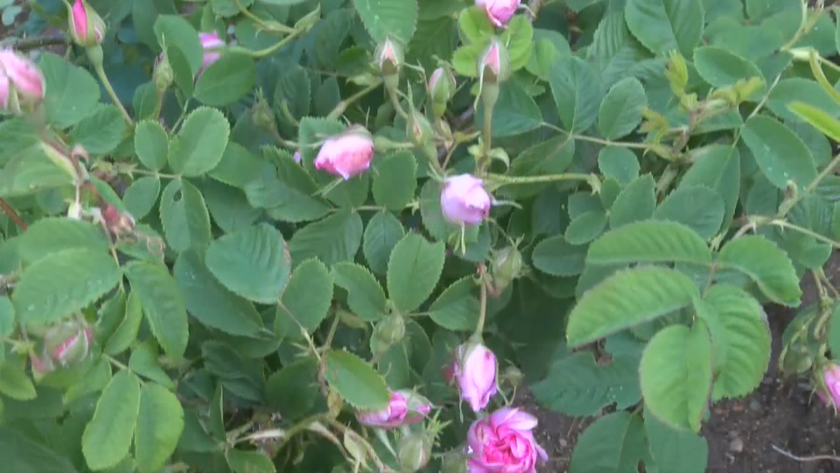
This year, however, the harvest has started unusually late. While the rose-picking season typically begins in early May, adverse weather conditions have delayed it by nearly three weeks, with the first blooms being collected only two days ago.
Unfortunately, rose growers are facing a significant challenge this season.
Petar Simeonov, rose grower:
"The issue stems from the frosts that hit in early April. The damage is only now becoming evident, as the rose bushes begin to develop buds that simply fail to bloom. This is a serious problem. I’m receiving calls from fellow growers across the Rose Valley reporting the same issue. While some were able to begin picking 10 to 12 days ago, the problem is widespread. The affected buds will not bloom and cannot produce rose oil."Unbloomed roses cannot be processed—they simply dry up on the plant.
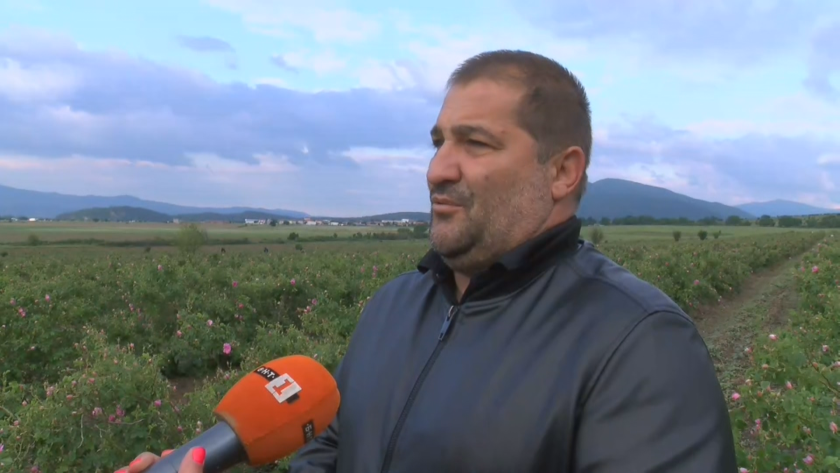
Unbloomed roses cannot be processed—they simply dry up on the plant.
"They wither right on the bush. In past years, we might see one or two damaged buds per plant—maybe three at most—but now, it's a widespread phenomenon. The buds remain bright red instead of turning pink, and they don’t develop. The frost damaged them at the earliest stage," Simeonov explained.
According to him, rose growers expect big losses.
"We’re already two days into the harvest, and what we’re seeing are extremely low yields. The weather remains unseasonably cold. Hopefully, temperatures will rise in the coming days so we can salvage what hasn’t already been damaged by the frost."
On average, rose pickers earn between 50 and 60 BGN for harvesting 30 to 50 kilograms of rose blossoms during the early morning hours, typically between 5:30 and 10:30 a.m.
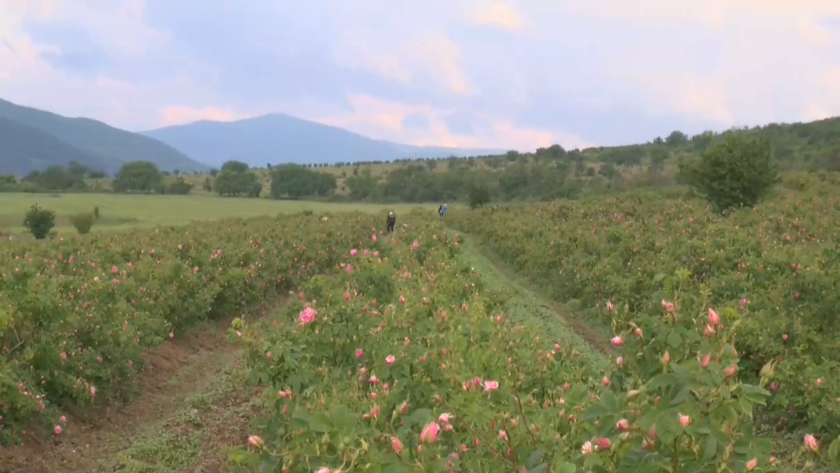
"I don’t consider it overly strenuous work. In fact, we encourage more people, especially on weekends, to visit the rose gardens and show their children how rose picking is done. Growers are happy to explain the process. We’ve made our contact information available across the Rose Valley, and everyone is welcome to visit. They’ll be warmly received," Simeonov added.
Despite these efforts, economic pressures are mounting. Most of the contracts signed by the end of April fix the purchase price of rose blossoms between 3.80 and 4.00 BGN per kilo, a rate that has remained stagnant for three years.
Meanwhile, production costs continue to rise.
"Labour costs—including manual hoeing and fieldwork—have gone up by 20 to 30%. Nitrogen fertilizers alone have increased by 50% since the New Year. We simply don’t see how most rose growers will be able to balance their books this year," Simeonov concluded.

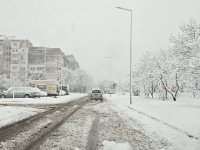 Зимни неволи в Северозападна България: Десетки населени места останаха без ток при минусови температури
Зимни неволи в Северозападна България: Десетки населени места останаха без ток при минусови температури
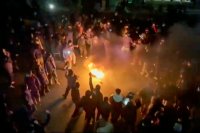 Иран се готви за нова нощ на протести, властите със заплахи за смъртни присъди
Иран се готви за нова нощ на протести, властите със заплахи за смъртни присъди